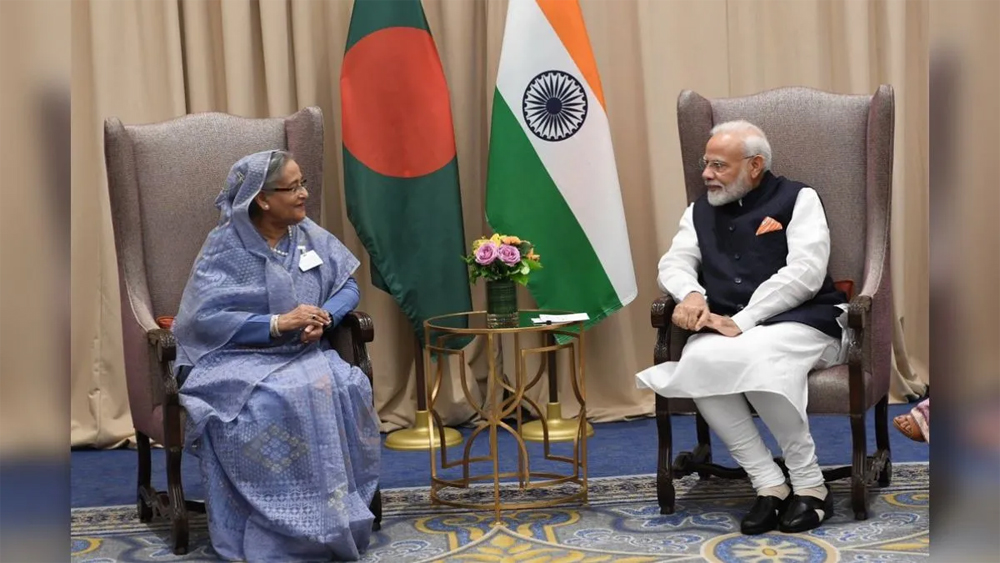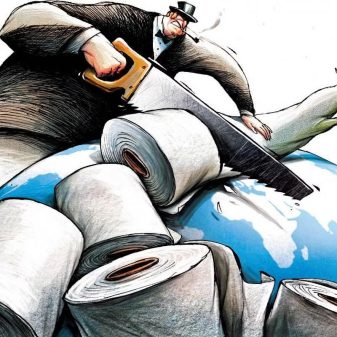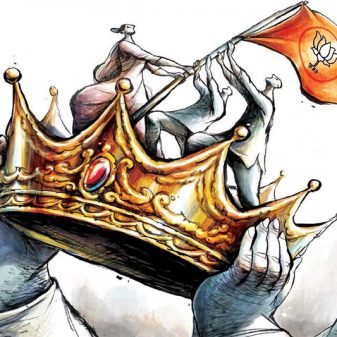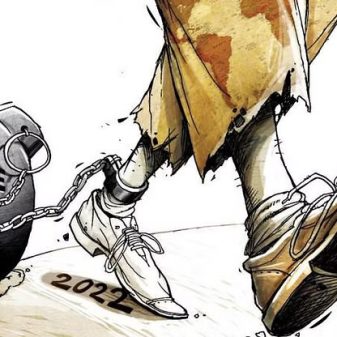
Atul Borthakur
The India-Bangladesh pipeline project aims to export oil products from India to Bangladesh. In April 2017, NRL and the Bangladesh Petroleum Corporation (BPC) inked a long-term agreement for selling high-speed diesel.
The ongoing G20 summit under India’s presidency is creating a strong event for sustainable growth of multilateralism at large through mutual dialogue. The primary deliberation focused largely on broad macroeconomic issues and has been expanded to include mutual trade, climate change, sustainable development, health, agriculture, energy, environment, anti-corruption and prioritising counter-terrorism. The group has vast potential to calm world geopolitics and help amplify developmental efforts towards poor nations. The ongoing summit spreads the vision of ‘Vasudhaiva Kutumbakam’, India’s G20 presidency maxim.
Altogether, the 19 members and the European Union of the assembly are a geographic behemoth that controls 85% of the global GDP, 75% of the global trade, and around two-thirds of the world population.
India and Bangladesh naturally wish for a dialogue on the existing bottlenecks and to expedite ₹377-crore India-Bangladesh Friendship Pipeline Project (IBFP) and mutual empowerment where the MoU was engaged in 2018. At the current juncture, the GDP of India to the tune of USD 3.5 trillion and Bangladesh crossing $1.5 trillion are a vibrant scape.
The G-20 setting is an accurate stage to expedite co-development and mutual trade between India and Bangladesh. Bangladesh is India’s sixth-largest trade partner. The IBFP connects Siliguri in West Bengal, India and Parbatipur in the Dinajpur district of Bangladesh. The 6-km Indian pipeline leg is under the prerogative of the Assam-based Numaligarh Refinery Limited (NRL). On the other hand, the rest of the 130 km of the oil pipeline will be in Bangladesh and funding is proposed to be realised through India’s ongoing development cooperation program.
The NRL capacity at the current pace is 3.00 MMTPA and expansion capacity stands at 9 MMTPA, with an estimated investment of Rs 28,000 crore. To add to this, a Comprehensive Economic Partnership Agreement (CEPA) between India and Bangladesh is already in place for mutual prosperity.
The Pipeline project aims to export oil products from India. In April 2017, NRL and the Bangladesh Petroleum Corporation (BPC) inked a long-term agreement for selling high-speed diesel through the said pipeline. State-run NRL signed another agreement with the BPC for 15 years to export diesel. The two neighbours felt that the agreement will improve trade promotion and increase investment in the eastern and north-eastern regions of India due to fair logistic proximity with Bangladesh.
To strengthen uninterrupted trade practices and build robust economic prosperity, deliberation of issues on the pending Indo-Bangla Friendship Pipeline Project (IBFPP) is the need of the hour. Fortunately, the G-20 table is the right forum during this juncture, where the expression of substance on the supply chain of petroleum products both ways may boost up under India’s Presidency and guest nation Bangladesh by a dialogue. Both nations are obligated to maintain healthy bilateral relations and increase cooperation in the area of energy, food security and connectivity.
The two states are keen to accomplish the Comprehensive Economic Partnership Agreement (CEPA) as that could double India’s exports to Bangladesh to the tune of more than $32 billion. During a bilateral ministerial meeting, Federal Minister of Commerce and Industry Piyush Goyal and his Bangladeshi counterpart Tipu Munshi also deliberated on the settlement of trade in Indian rupees instead of dollars and other big currencies for international transactions along with the staple of ongoing dollar crunch in Bangladesh, dip in the country’s foreign exchange reserves and weakening of Bangladesh’s currency (taka).
The pipeline construction to initiate trading of petroleum oil has been delayed due to complexities over land acquisition. The state-run BPC has decided to engage a third party to ease complexities and complete land acquisition for laying the first inter-country oil-carrying pipeline between the two neighbouring countries. The capacity of the oil pipeline is proposed to flow for one million metric tonnes per annum.
The bilateral trade between the two countries has jumped to USD 18.2 billion in 2021-22 as compared to USD 10.8 billion in 2020-21. In this repute it is to state that if the project occupies fluent road, the bilateral trade growth between the two nations may surpass from previous fiscal, the revenue growth of Numaligarh Refinery Limited may raise to the next scale and at large the enlightened passage may surge GDP of both soils to next height.
The India-Bangladesh Friendship Pipeline is the first of its kind in the sub-continent. India, despite importing oil, has emerged as the world’s third-largest producer of hydrocarbon products after the USA and China. The India-Bangladesh Friendship Pipeline project will hold deep roots for strategic partnership for both nations in the time ahead.
(The writer is a visiting faculty at Dibrugarh University and a retired GM of ONGC.)





